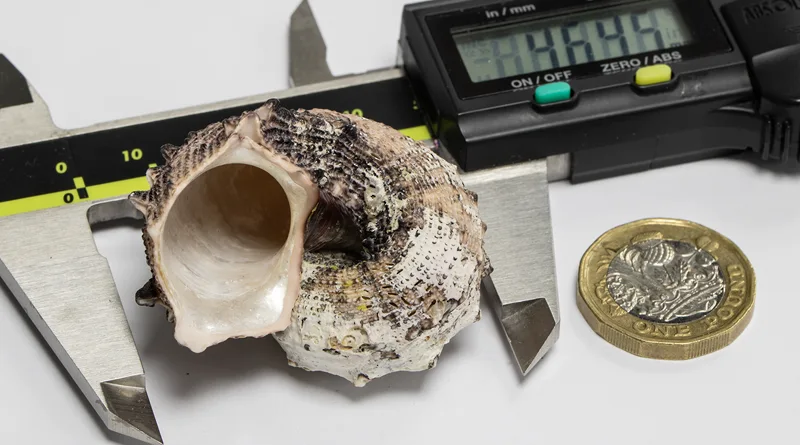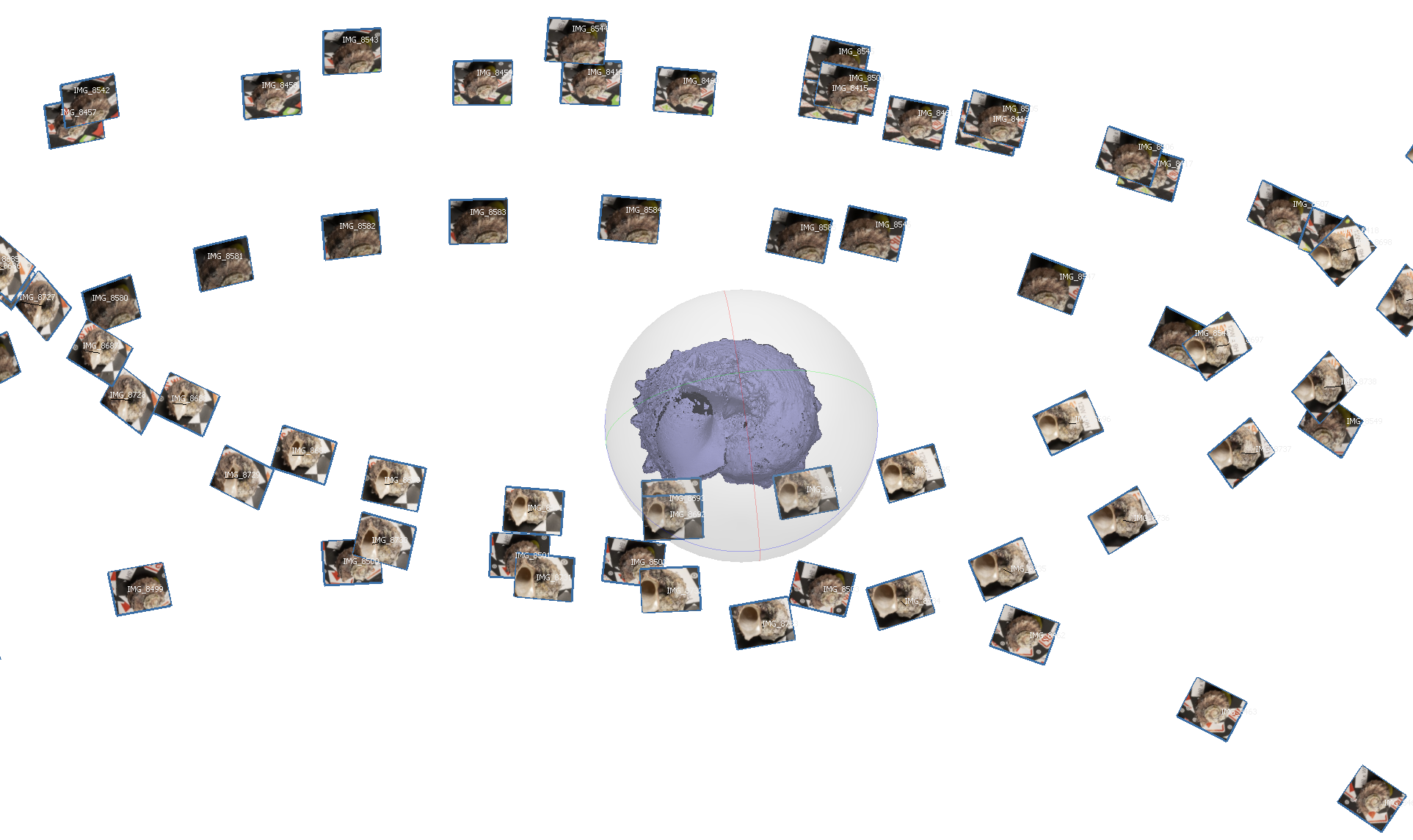
3D Photogrammetry Training Course
Welcome to our 3D Photogrammetry crash course! If you've ever been fascinated by the lifelike 3D models you see in films and video games, then you're in for a treat. With 3D photogrammetry, you can bring your own creations to life using just a digital camera and some photogrammetry software. This course will teach you all the basics of photogrammetry, from how it works to how you can use it to create stunning 3D models. Get ready to unlock the magic of 3D imaging and take your creative skills to the next level with this comprehensive course. Let's dive in!
The death of Nelson, Bas-Relief
A Primer on 3D Photogrammetry and Its Power
Photogrammetry is a revolutionary technique that allows you to create stunning and lifelike 3D models using just a digital camera and some photogrammetry software. Its power lies in its ability to capture intricate details and dimensions of objects or scenes with exceptional accuracy.With photogrammetry, you can capture the essence of an object or location in three-dimensional space, creating a digital representation that can be explored and interacted with. This technology has countless applications across various industries, from Gaming and Entertainment to Heritage Conservation, Footwear Design end much more. For example, in the field of cultural heritage, photogrammetry is used to digitally document and preserve historical artefacts and architectural wonders. This enables researchers and enthusiasts to explore and study these objects without risking damage to the originals. It's a truly innovative way to merge the past with the present, preserving our heritage for generations to come. Learning how to harness the power of photogrammetry opens up a world of possibilities. Whether you're an artist wanting to create realistic 3D models, a researcher needing accurate measurements, or a designer looking to prototype your ideas, photogrammetry has got you covered.
In this course, we will delve into the fundamentals of photogrammetry, teaching you how to capture the perfect shots, process them using 3D photogrammetry software, and refine your skills through practice and patience. So, get ready to unlock the magic of 3D imaging and take your creativity to new heights.

Understanding the Fundamentals of Photogrammetry
Photogrammetry may sound like a complex and intimidating concept, but fear not! In this section, we will break down the fundamentals of photogrammetry to help you understand the magic behind this incredible technique. At its core, photogrammetry is the process of capturing two-dimensional images and transforming them into accurate three-dimensional models. It utilises the principles of geometry and mathematics to analyse the relationships between multiple photographs and extract depth and shape information from them. To begin with, you'll need a camera, preferably a digital one, to capture a series of overlapping images of the subject you want to create a 3D model of. These images can be taken from different angles, heights, and distances to capture all the necessary information. It's essential to ensure that the subject is well-lit and that there are no shadows or distortions that could affect the accuracy of the final model. Once you have your images, the next step is to use specialised software to process them. This software analyses the images, identifies common features or reference points between them, and calculates the position and shape of the subject in three-dimensional space. It then reconstructs the model by combining these measurements and generates a detailed 3D representation of the subject. Understanding the fundamentals of photogrammetry is crucial because it lays the groundwork for everything else you will learn in this course. It forms the basis for capturing the perfect shots, working with photogrammetry software, and refining your skills through practice and patience. In the next section, we will dive deeper into the techniques required to capture the perfect shots for 3D modelling.
Shell Fossil. Example of 3D Photogrammetry + UV Retopology
Techniques to Capture the Perfect Shots for 3D Modelling
To capture the perfect shots for 3D modelling, there are a few techniques and tips you can keep in mind. First and foremost, it's important to plan your shoot and choose the right equipment. A good digital camera with manual settings and a tripod can go a long way in ensuring sharp and high-quality images. Next, pay attention to lighting. Good lighting is crucial for capturing accurate details and textures. Natural light is ideal, so try shooting outdoors or near a window. If shooting indoors, consider using additional lighting sources to minimise shadows and create an evenly lit environment. Composition is also key. When photographing your subject, make sure to capture it from multiple angles and distances. This will give you a variety of shots to work with and ensure that all aspects of the subject are captured in detail. Don't forget about scale. Including a reference object of a known size in your photographs can help in accurately determining the dimensions of your subject during the reconstruction process. Lastly, take your time and be patient. Experiment with different settings and techniques to find what works best for your specific project. Practice makes perfect, so keep refining your skills and learning from your experiences. By following these techniques, you'll be well on your way to capturing the perfect shots for your 3D modelling projects. Happy shooting!
Purse - Photogrammetry plus 4k Colour Texture
Photogrammetry Training course info
If you're interested in getting more information about our 3D Photogrammetry Training course email us. We will get back to you shortly.
